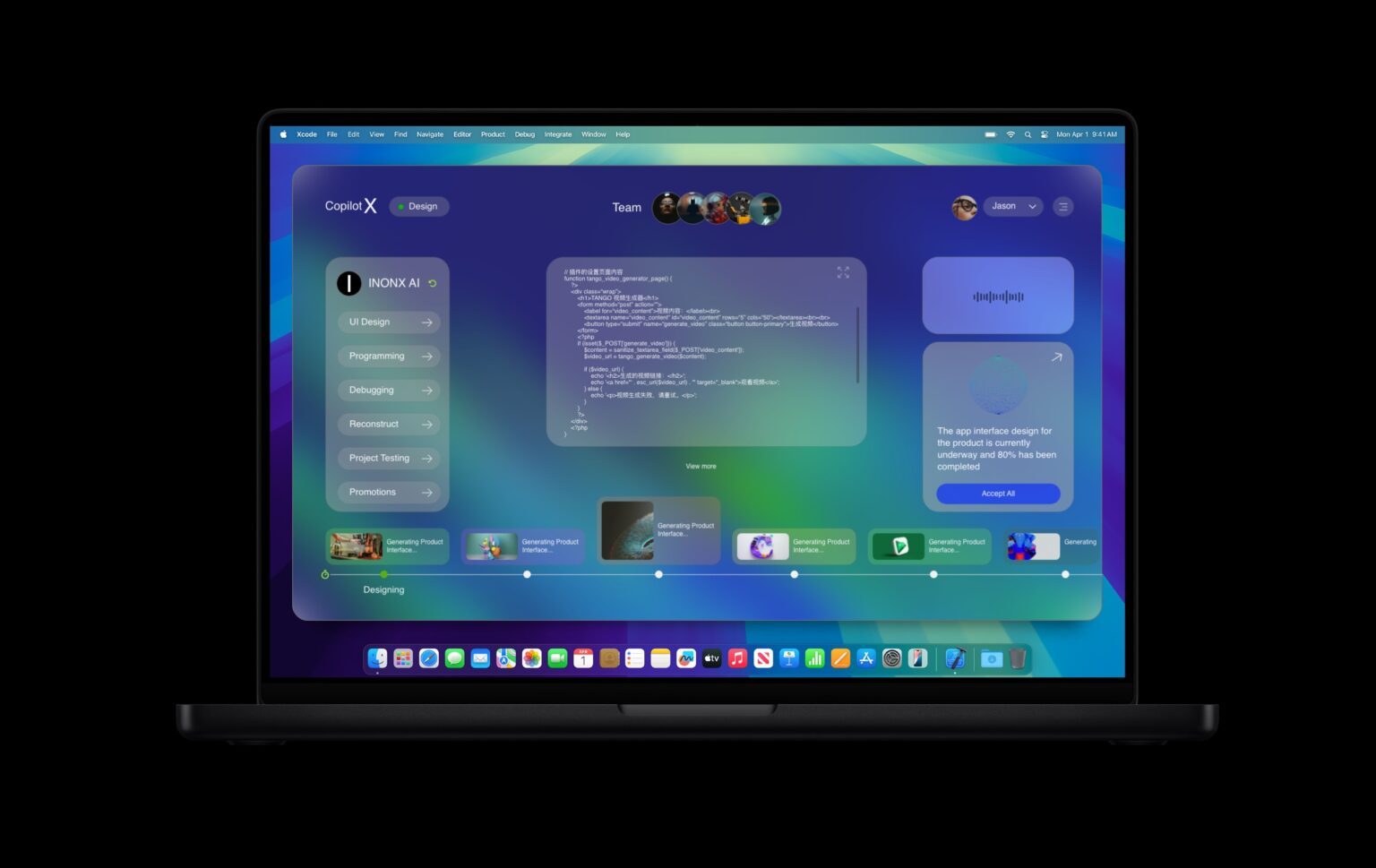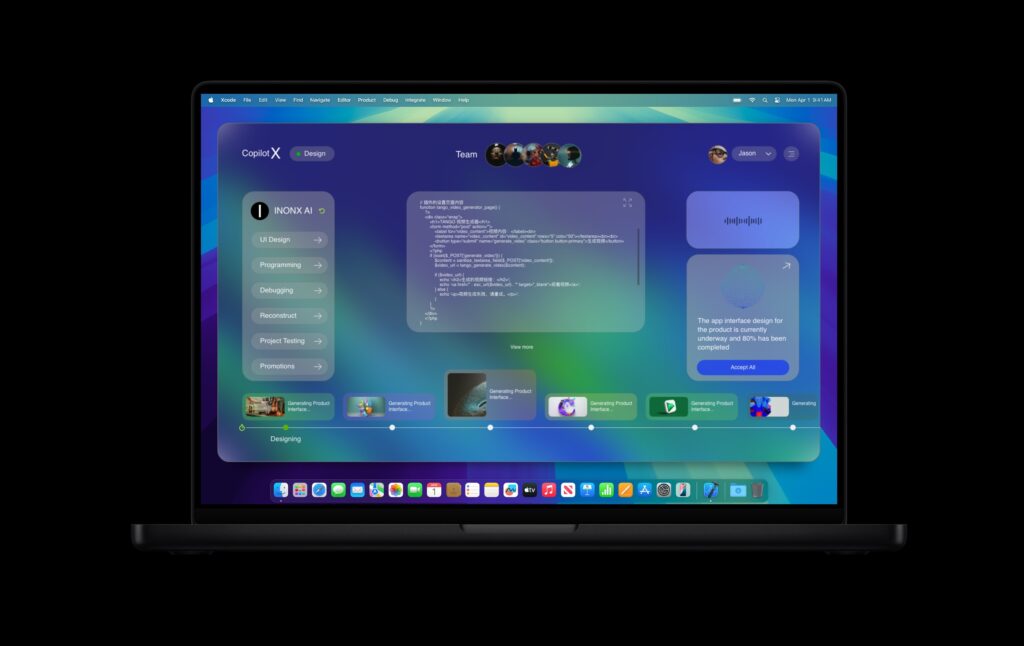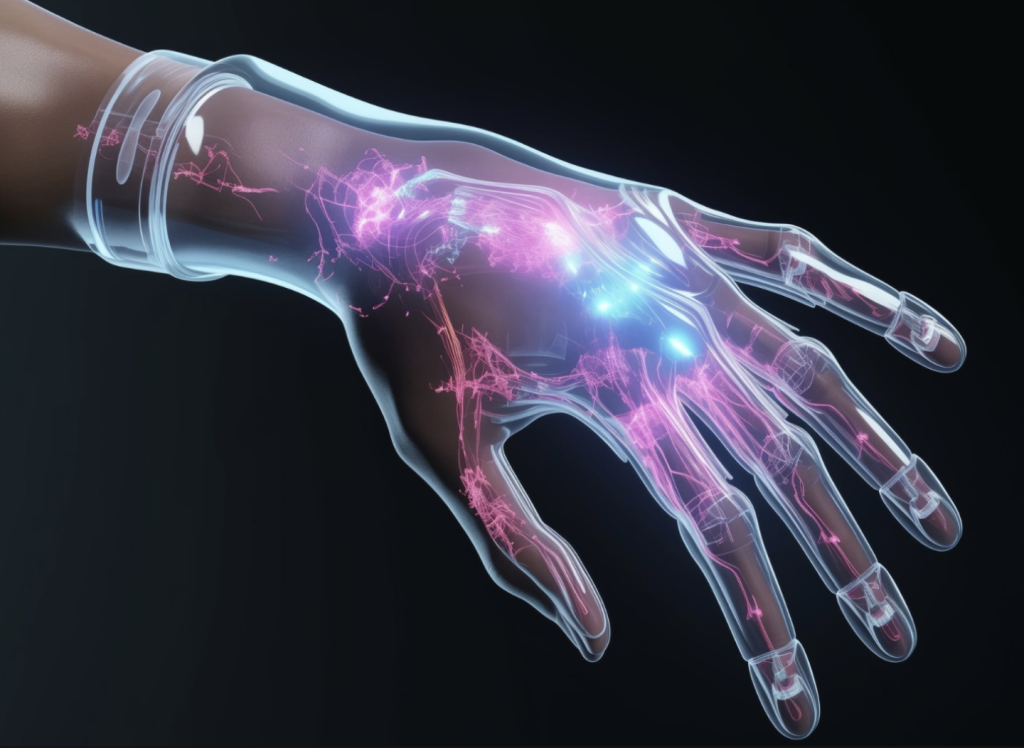Voice recognition technology has seen a revolutionary leap in advancements in recent years, primarily driven by artificial intelligence (AI). With AI systems like OpenAI’s ChatGPT and Stability AI employing deep learning algorithms, the accuracy and efficiency of voice recognition capabilities have greatly improved. This article explores the trends, solutions, applications, and technical insights surrounding the integration of AI in voice recognition technologies.
.
**Understanding AI Voice Recognition**
AI in voice recognition refers to the ability of machines to understand and respond to human speech. This technology utilizes machine learning algorithms to process and analyze audio signals, convert them into text, and derive context from the spoken language. In essence, it enables computers and systems to interact with users through spoken commands and natural language.
.
The advent of AI has revolutionized voice recognition, significantly enhancing accuracy levels, reducing error rates, and enabling real-time processing. The intricacy of human speech, coupled with diverse accents and dialects, used to pose significant challenges; however, modern AI approaches, including neural networks and deep learning, have turned these challenges into opportunities for innovation and increased efficiency.
.
**Trends Shaping the Future of Voice Recognition**
1. **Increased Compliance with Privacy Regulations:**
As voice recognition technology becomes more prevalent, regulatory frameworks are evolving to protect user privacy. Companies such as Stability AI are prioritizing compliance with regulations like GDPR (General Data Protection Regulation) and CCPA (California Consumer Privacy Act). By emphasizing transparency and user control over personal data, these companies ensure ethical AI deployment.
2. **Improved Multilingual Capabilities:**
AI-powered voice recognition applications are rapidly expanding their multilingual capabilities. Language models are now trained on diverse linguistic datasets, enabling systems to transcribe, interpret, and respond in numerous languages and dialects. This trend aids global communication, enhancing user experience across borders.
3. **Integration with IoT Devices:**
The proliferation of Internet of Things (IoT) devices is driving the demand for synchronized voice recognition technology. Smart homes, wearables, and industrial automation systems can now leverage AI for seamless user interaction, enabling voice commands to control an array of connected devices.
4. **Enhanced Contextual Understanding:**
Context is vital for effective communication, and AI advancements have made strides in better contextual understanding. Present voice recognition systems can comprehend nuances, slang, sarcasm, and idiomatic expressions with improved accuracy, thanks to sophisticated algorithms. This enhances not only user experience but promotes spontaneous communication patterns between humans and machines.
.
**Real-World Applications and Use Cases of AI in Voice Recognition**
1. **Customer Service Automation:**
Many businesses are adopting voice recognition technology to automate customer service processes. AI chatbots powered by language models such as ChatGPT can handle queries via voice commands, providing a human-like customer interaction experience. By integrating with CRM systems, these AI-driven solutions merge voice recognition with data analytics, delivering personalized customer experiences while cutting operational costs.
2. **Healthcare Diagnostics:**
In the healthcare sector, voice recognition technology is making significant inroads in patient diagnostics. Physicians can document patient histories and symptoms using AI-driven voice recognition systems, which transcribe spoken words into electronic health records (EHRs) seamlessly. This not only saves time but also reduces the risk of transcription errors that can affect patient care.
3. **Language Learning Applications:**
AI-driven voice recognition is creating avenues for personalized language learning experiences. Applications can analyze a learner’s pronunciation and accent in real-time, offering corrective feedback to improve language acquisition. This innovative approach to language instruction becomes increasingly interactive, facilitating continuous learner engagement.
4. **Accessibility Solutions:**
For individuals with disabilities, voice recognition technology has the power to enhance accessibility. AI systems can assist those with visual impairments or mobility limitations by enabling them to control devices or navigate interfaces solely through voice commands. These applications represent transformative tools for empowerment and independence.
.
**Technical Insights into Voice Recognition Systems**
The backend functioning of voice recognition systems relies heavily on complex AI algorithms and architectures. For instance, deep learning models, like neural networks, are trained on vast datasets containing audio samples with varying pitches, accents, and tones.
1. **Signal Processing Techniques:**
Initial stages include preprocessing audio signals to reduce noise and enhance clarity. Features like Mel-frequency cepstral coefficients (MFCC) are extracted to prepare the data for model training. These features allow the model to identify phonemes, which are the building blocks of spoken language.
2. **Model Training:**
Companies like Stability AI utilize large pre-trained models that are fine-tuned with domain-specific datasets. The training involves supervised learning, where the model is trained on labeled data (audio clips with corresponding text transcriptions). Reinforcement learning is also employed to optimize responses to voice commands iteratively.
3. **Real-Time Data Processing:**
Current voice recognition systems aim to function in real-time. Leveraging cloud computing, AI models can process voice data instantaneously, allowing for interactive applications. The advent of edge computing brings further enhancements by enabling local processing on devices, reducing latency, and improving response times.
.
**The Path Forward: Challenges and Solutions**
Despite the significant advancements in AI voice recognition, several challenges persist.
1. **Accents and Variations:**
While localization efforts have improved multilingual support, AI models still struggle with less prevalent accents and dialects. Future trends will likely focus on training algorithms with diverse datasets representative of global populations to minimize biases.
2. **Background Noise and Whisper Recognition:**
Voice recognition systems often face challenges in noisy environments, leading to errors or misinterpretations. Ongoing research in noise-canceling algorithms and smarter contextual frameworks will help systems decipher voice commands more effectively in challenging settings.
3. **Ethical Considerations in AI Use:**
As AI in voice recognition grows, concerns regarding ethical implications and misuse of technology will become paramount. Organizations need to establish robust ethical guidelines and transparency measures to foster trust and confidence among users.
.
**Conclusion: The Voice of Tomorrow**
The integration of AI in voice recognition is undeniably transforming the landscape of human-computer interaction. Numerous companies are leveraging advanced technologies to enhance communication, streamline operations, and empower users. As AI capabilities continue to evolve, the implications for industries like healthcare, customer service, and education will grow, ushering in a future where machines understand human speech as fluently as humans themselves.
.
Sources:
1. “Voice Recognition Technology: The Future is Now.” *IEEE Spectrum*.
2. “Trends in Voice Recognition: An Industry Perspective.” *Gartner Research*.
3. “AI Voice Recognition in Health Care.” *Journal of Health Informatics*.
4. “ChatGPT and Stability AI: Shaping the Future of Voice Technology.” *TechCrunch*.
In summary, AI in voice recognition represents a paradigm shift that holds immense potential across diverse applications, improving not only the way we interact with machines but also enriching user experiences across the globe.
























